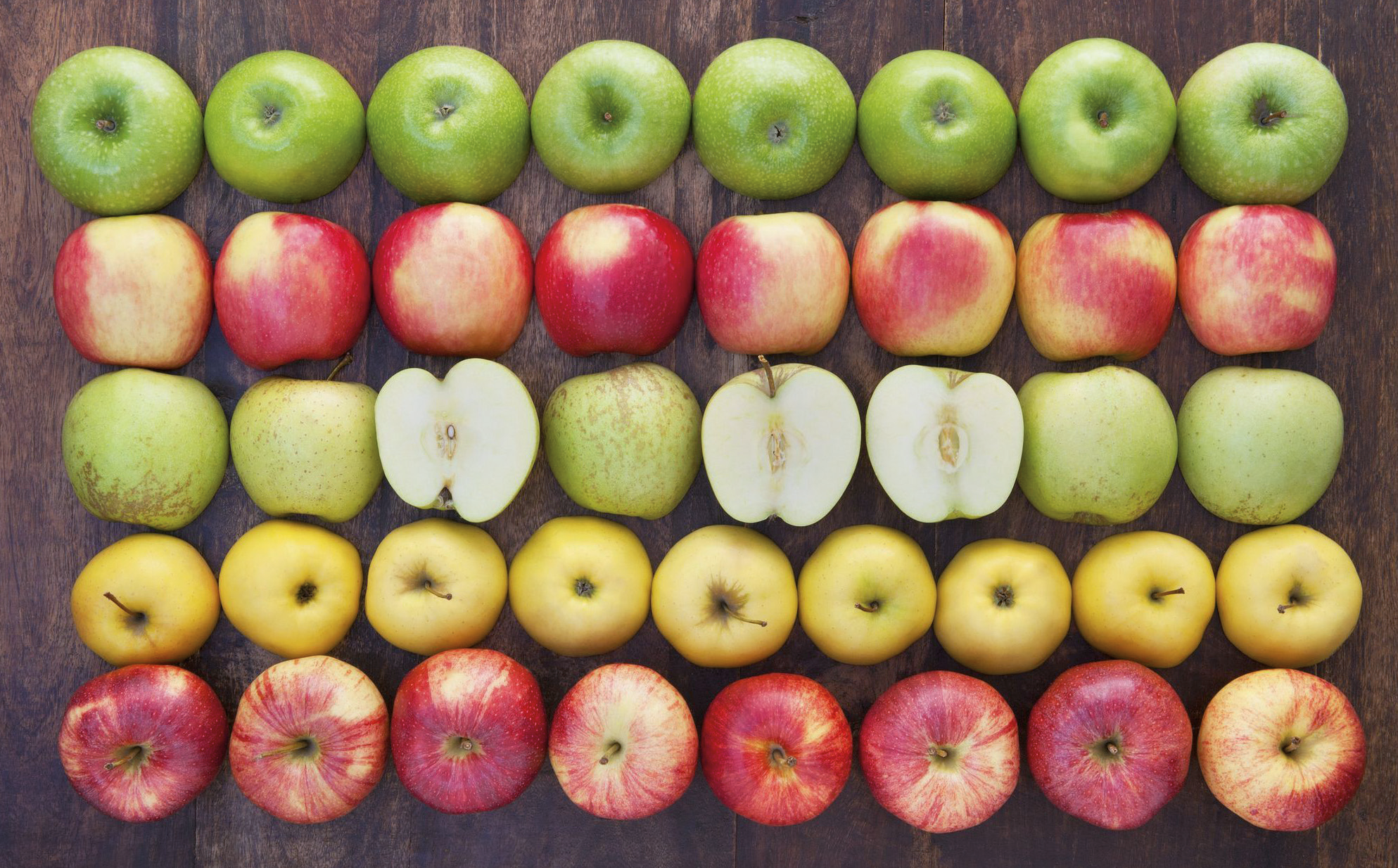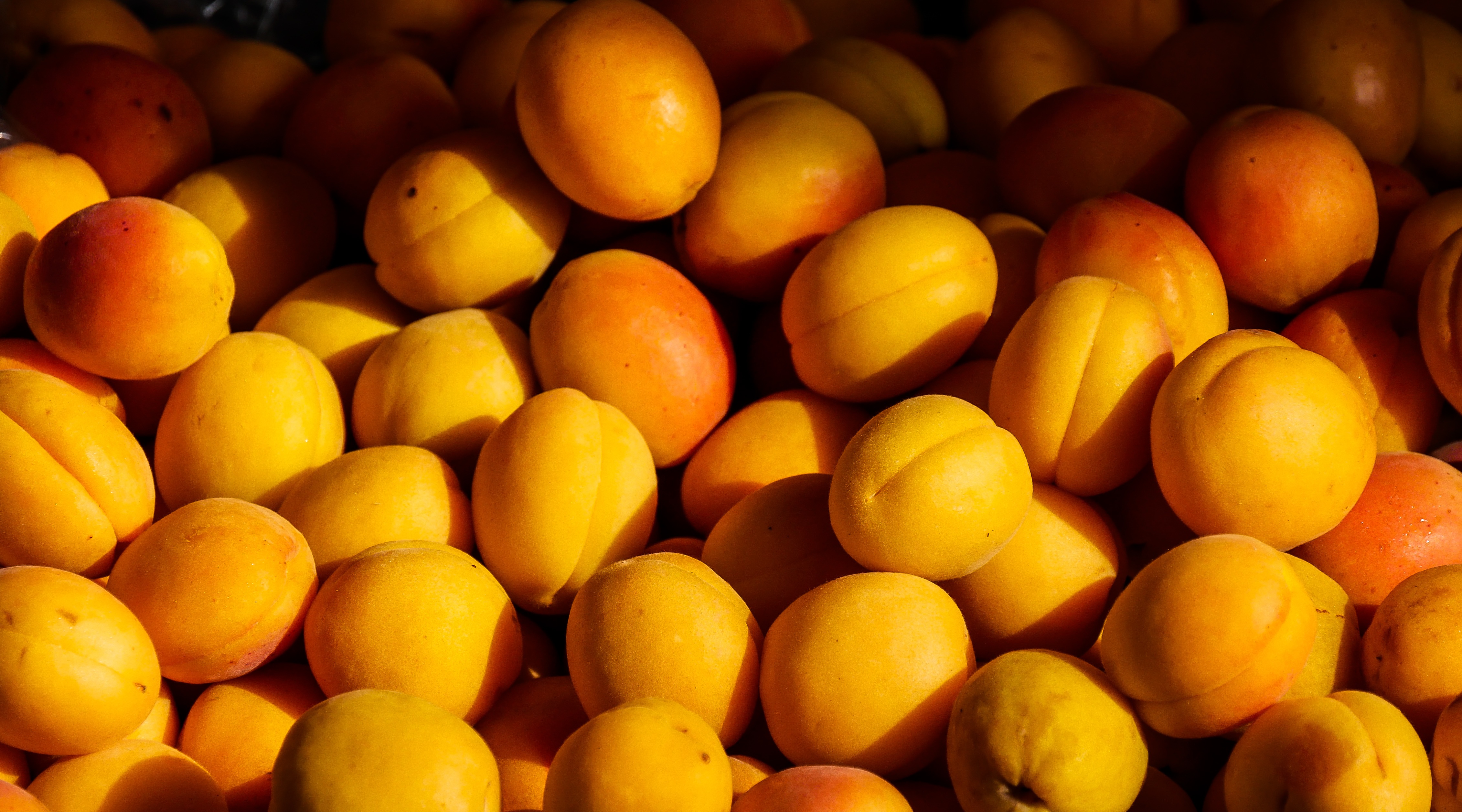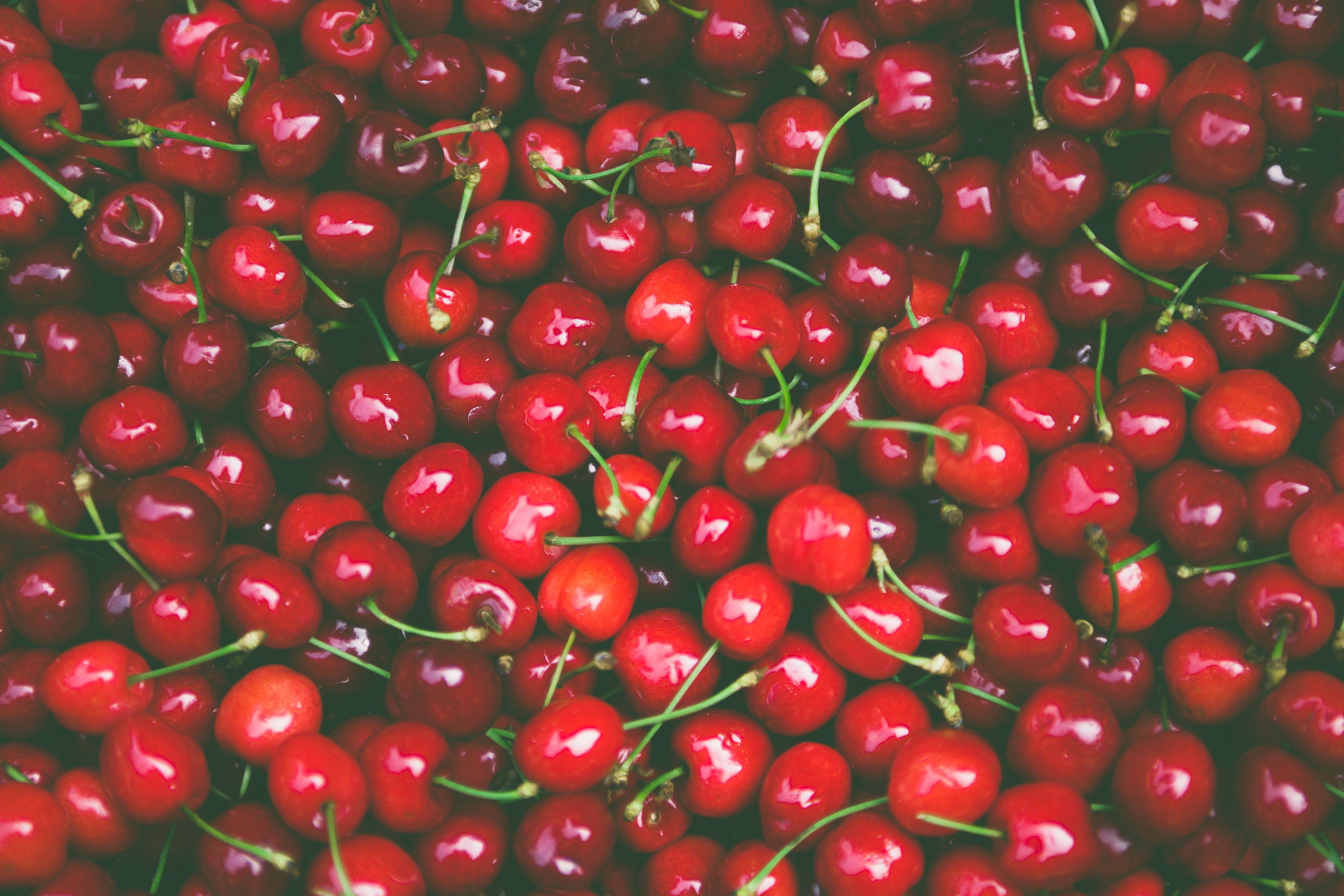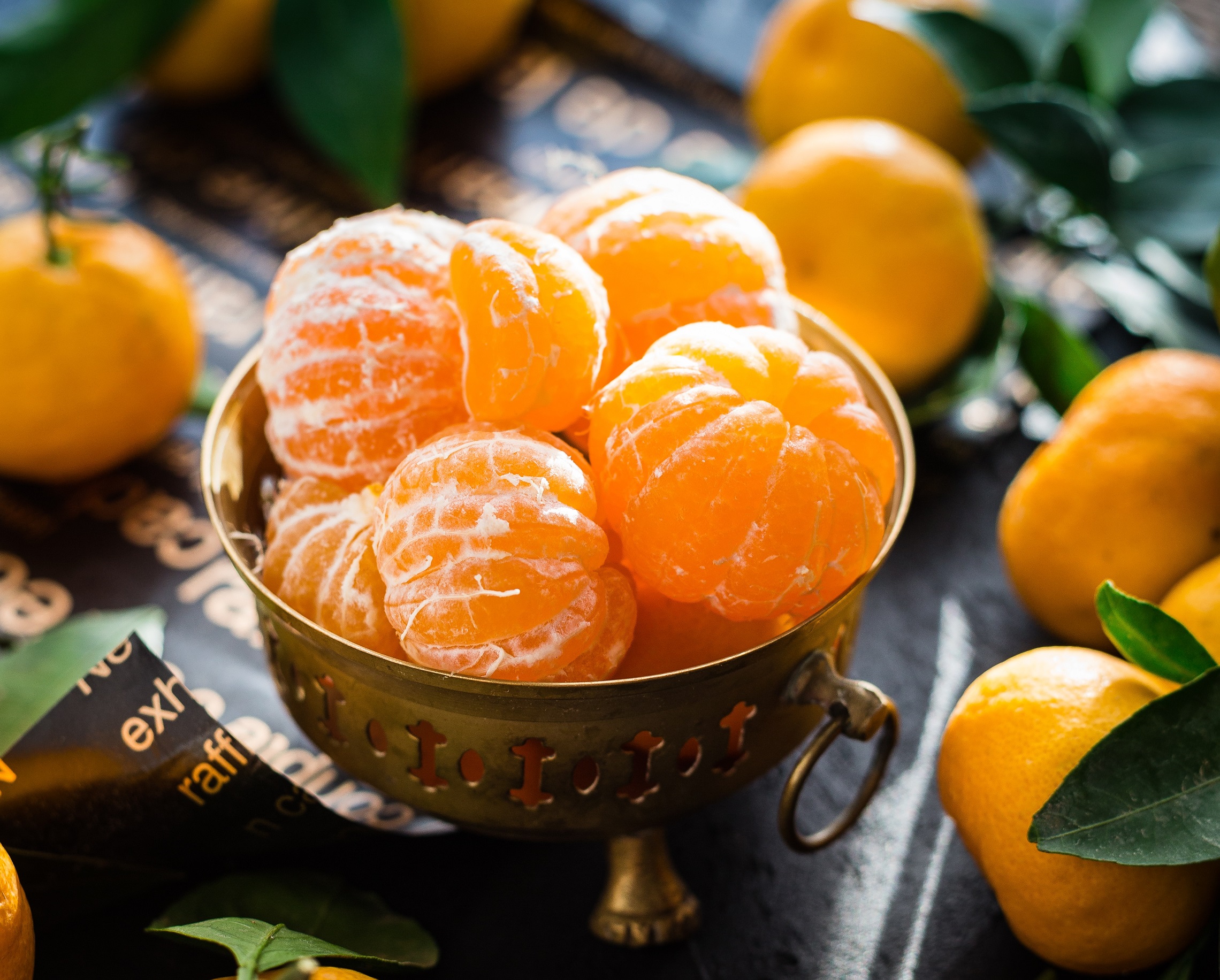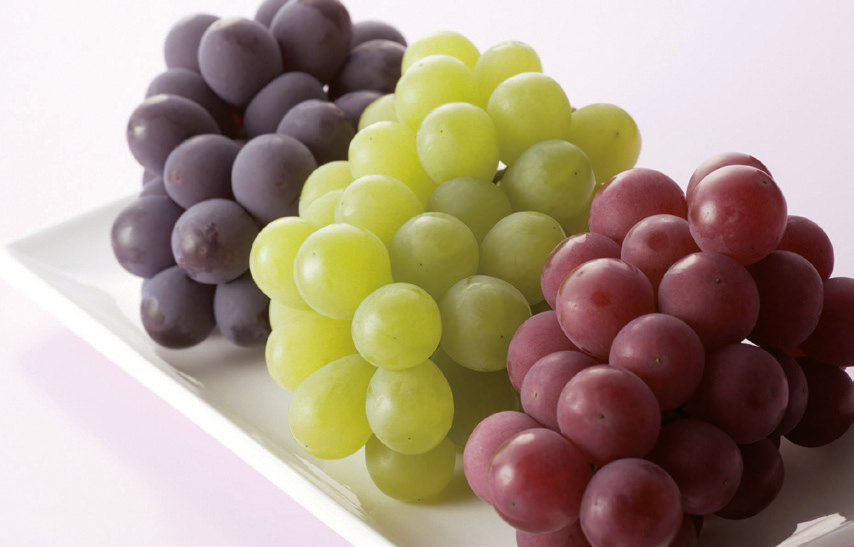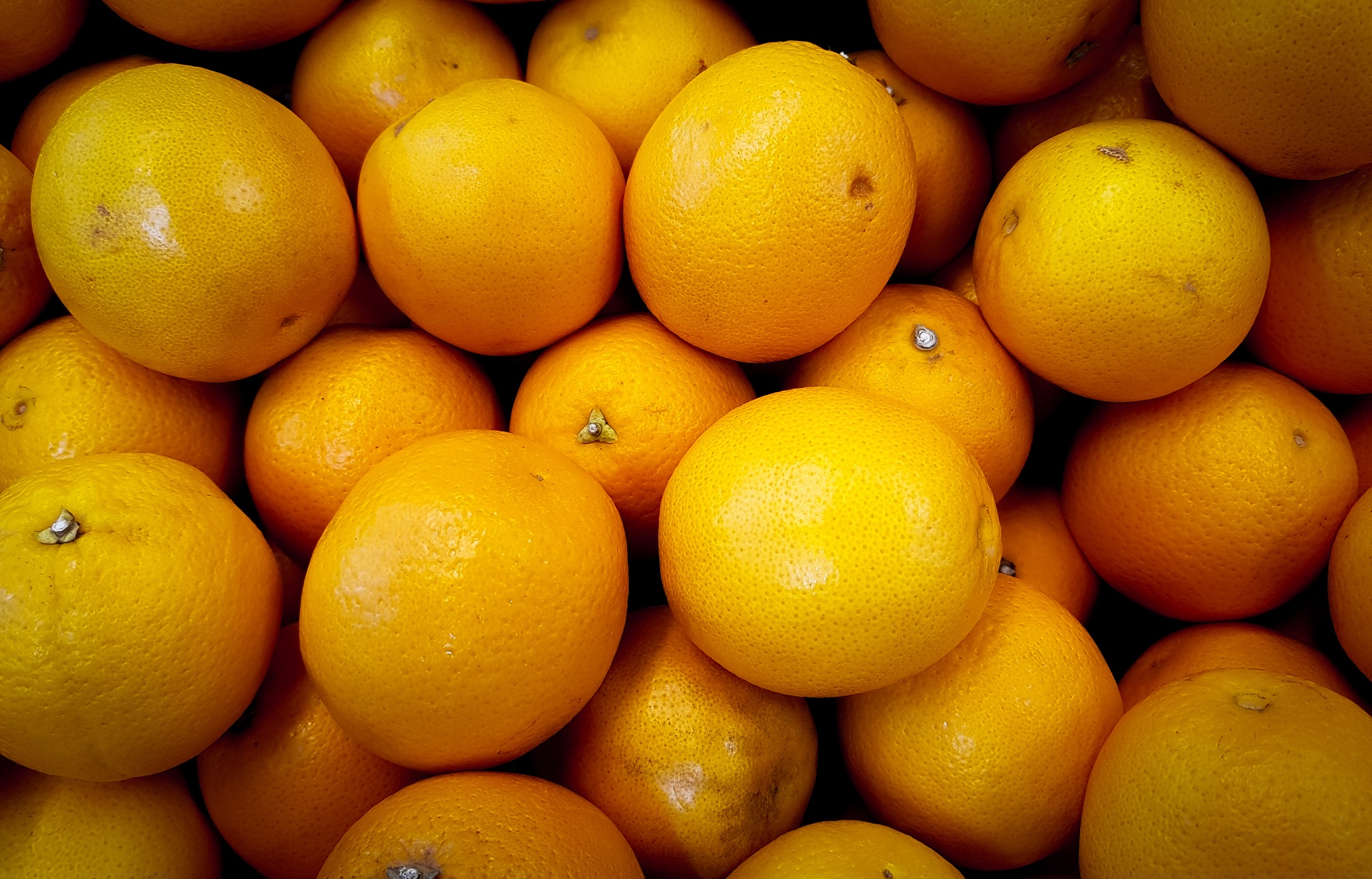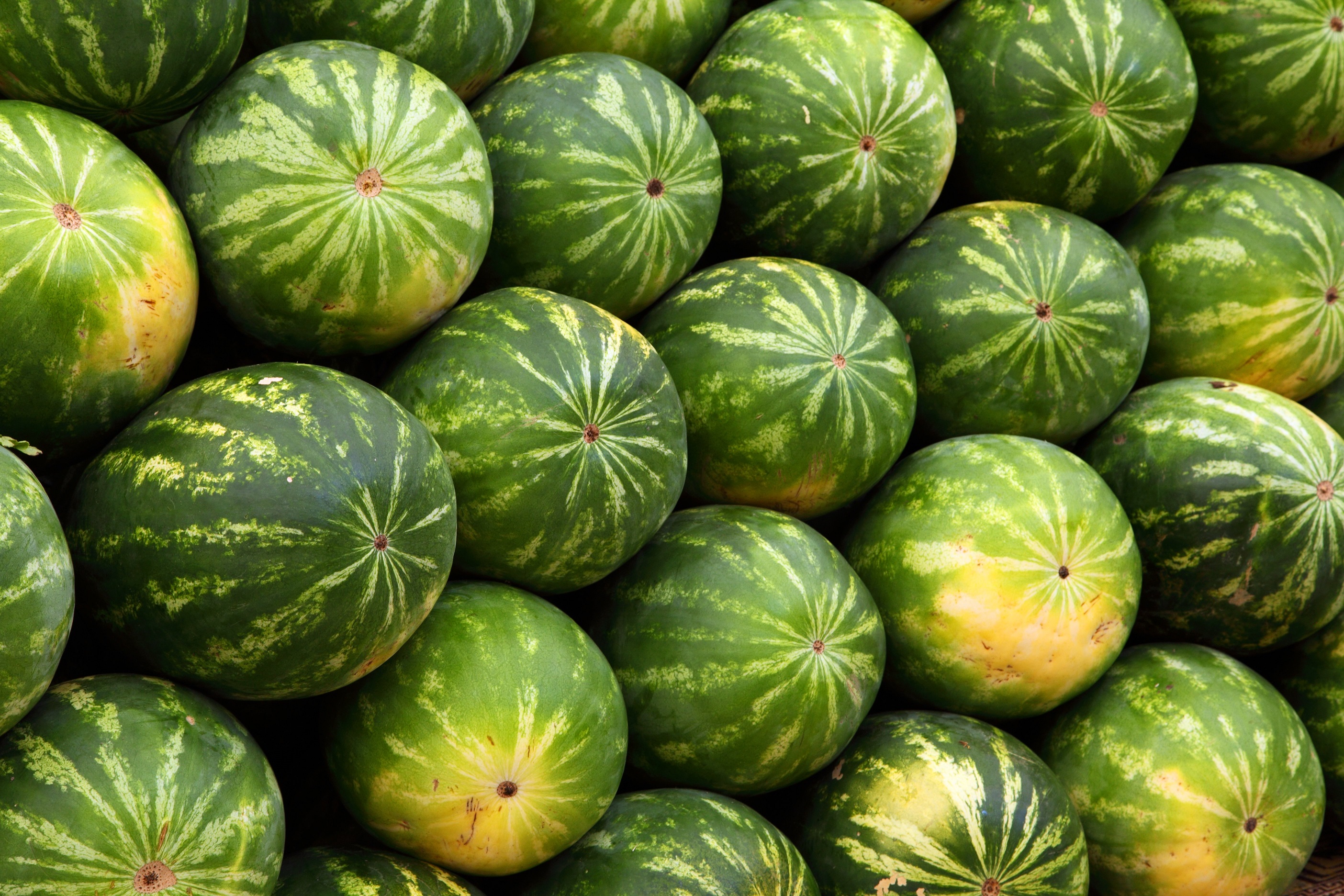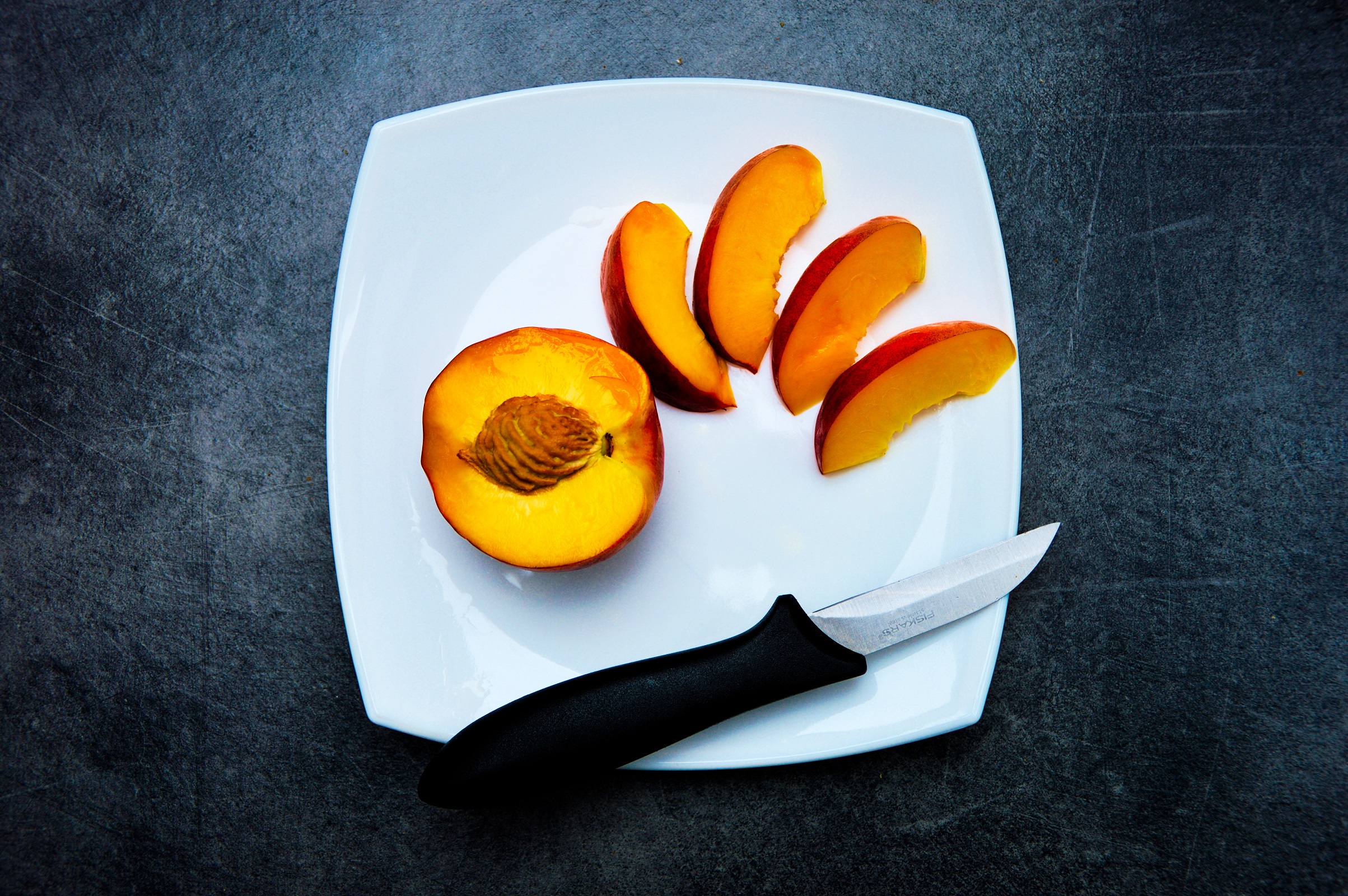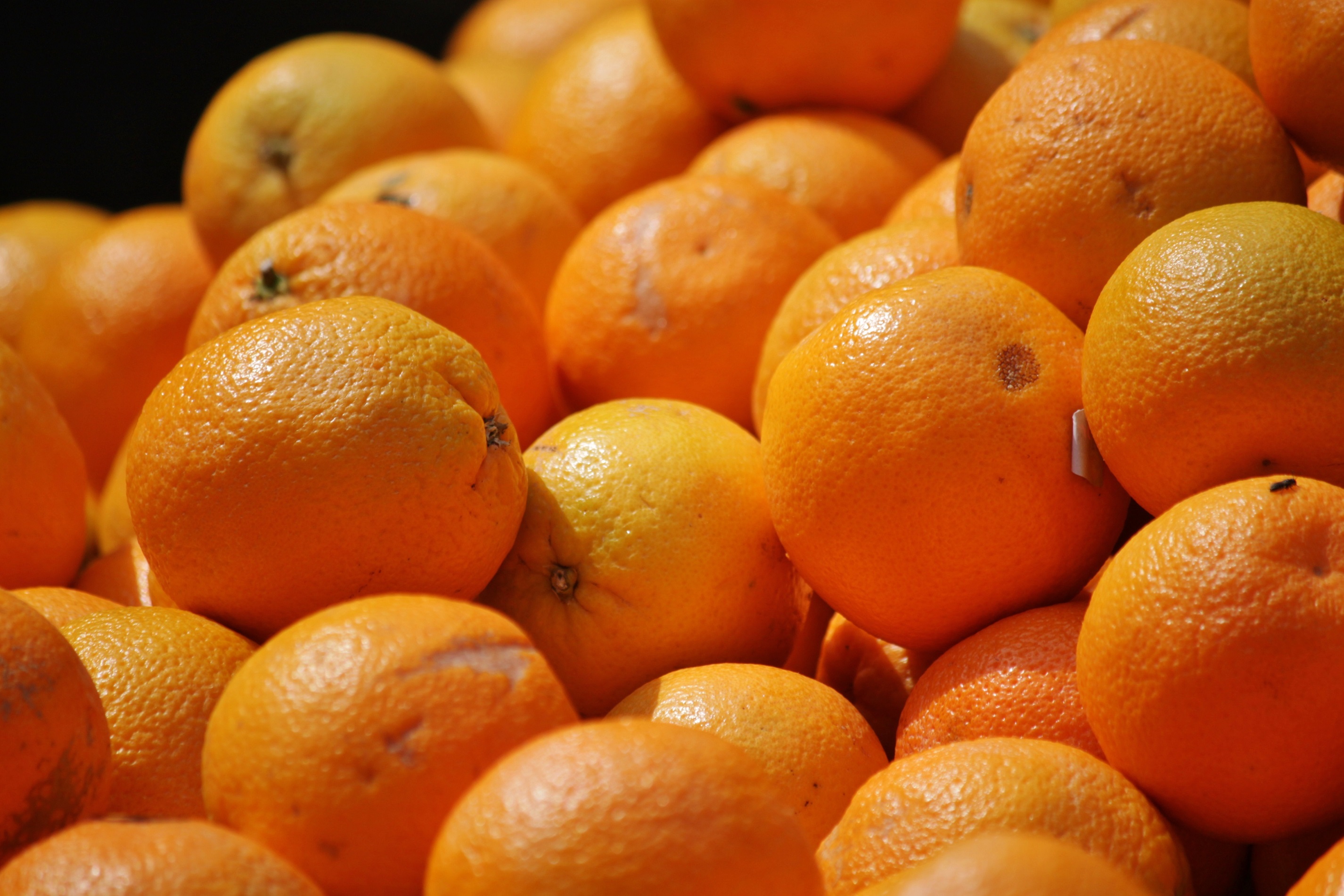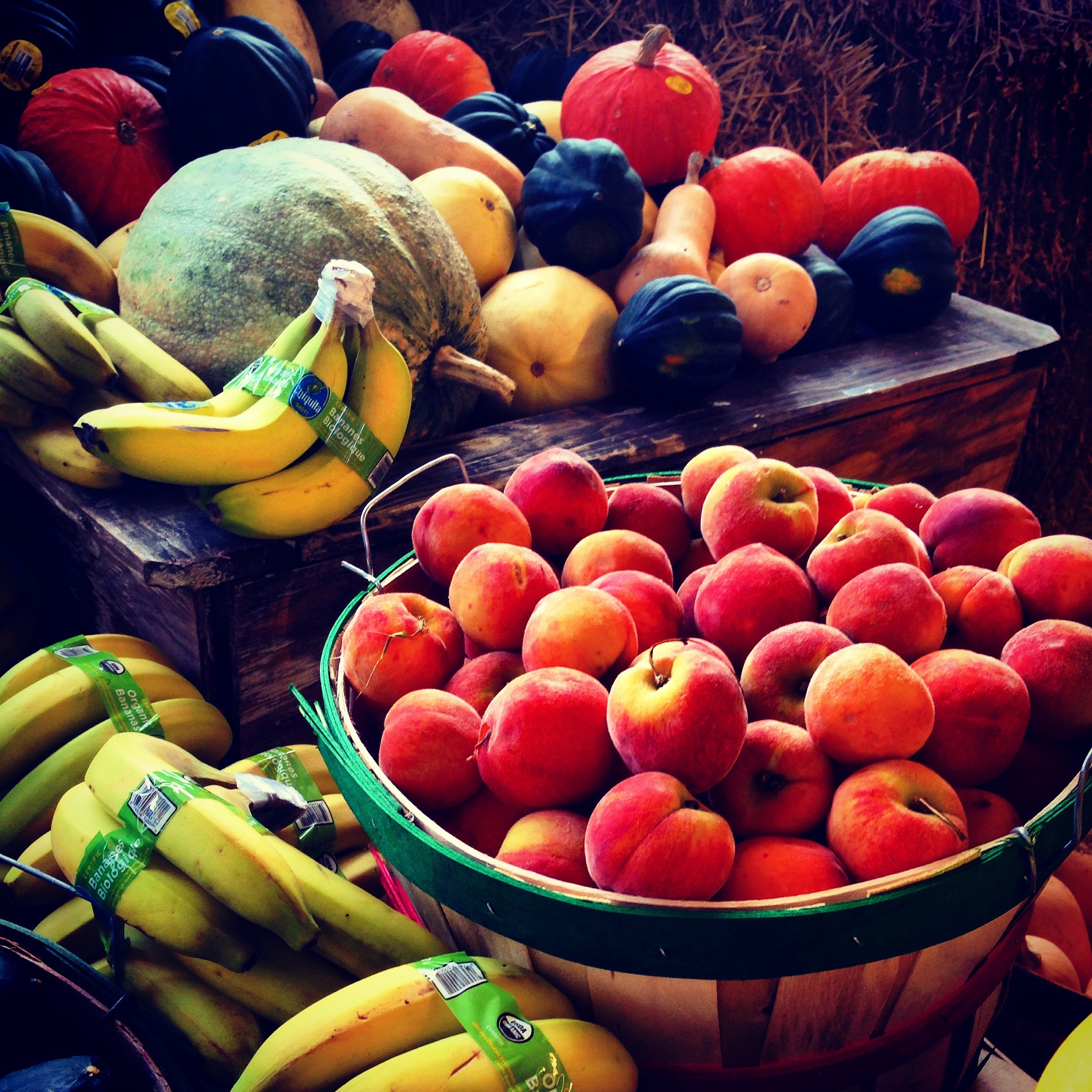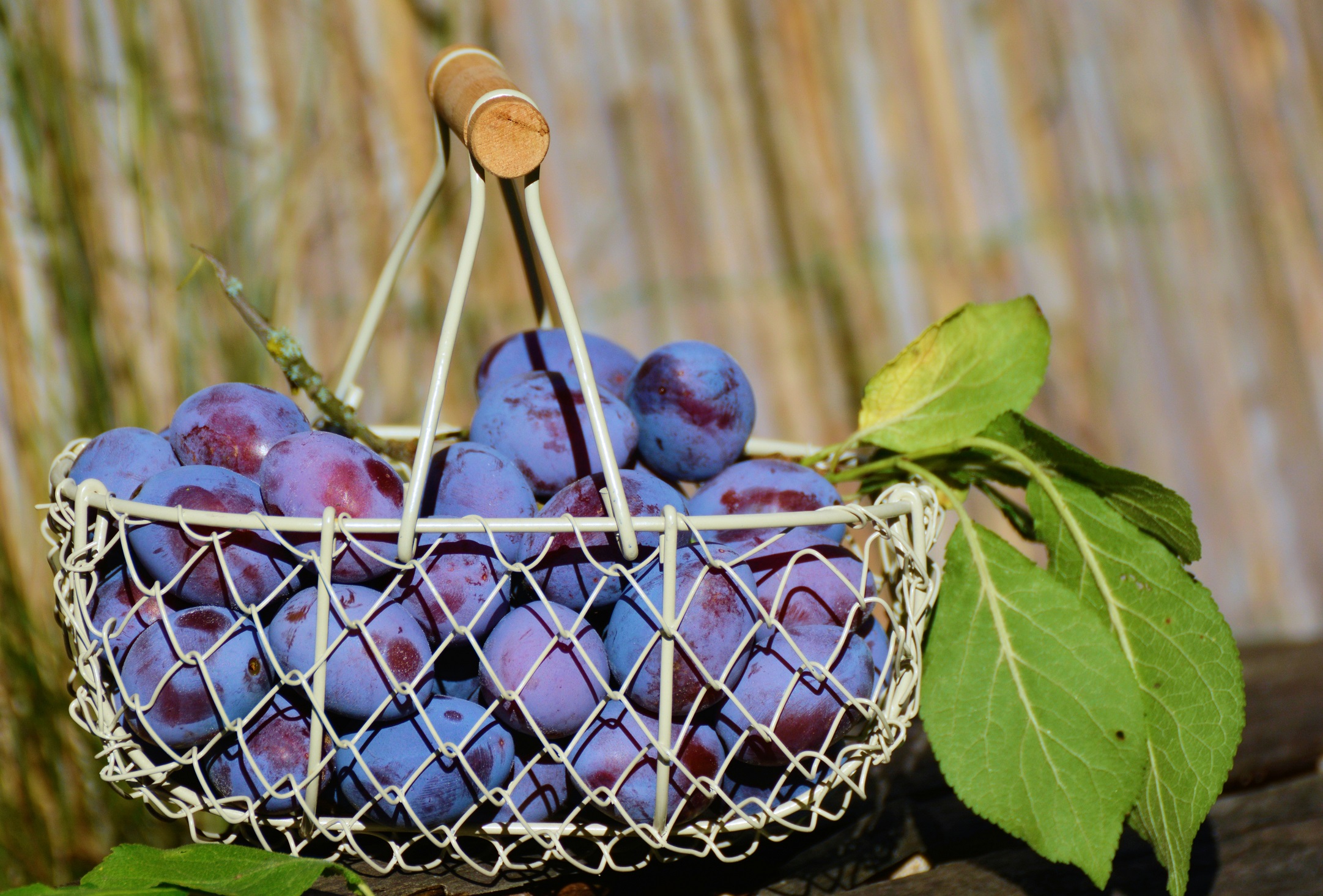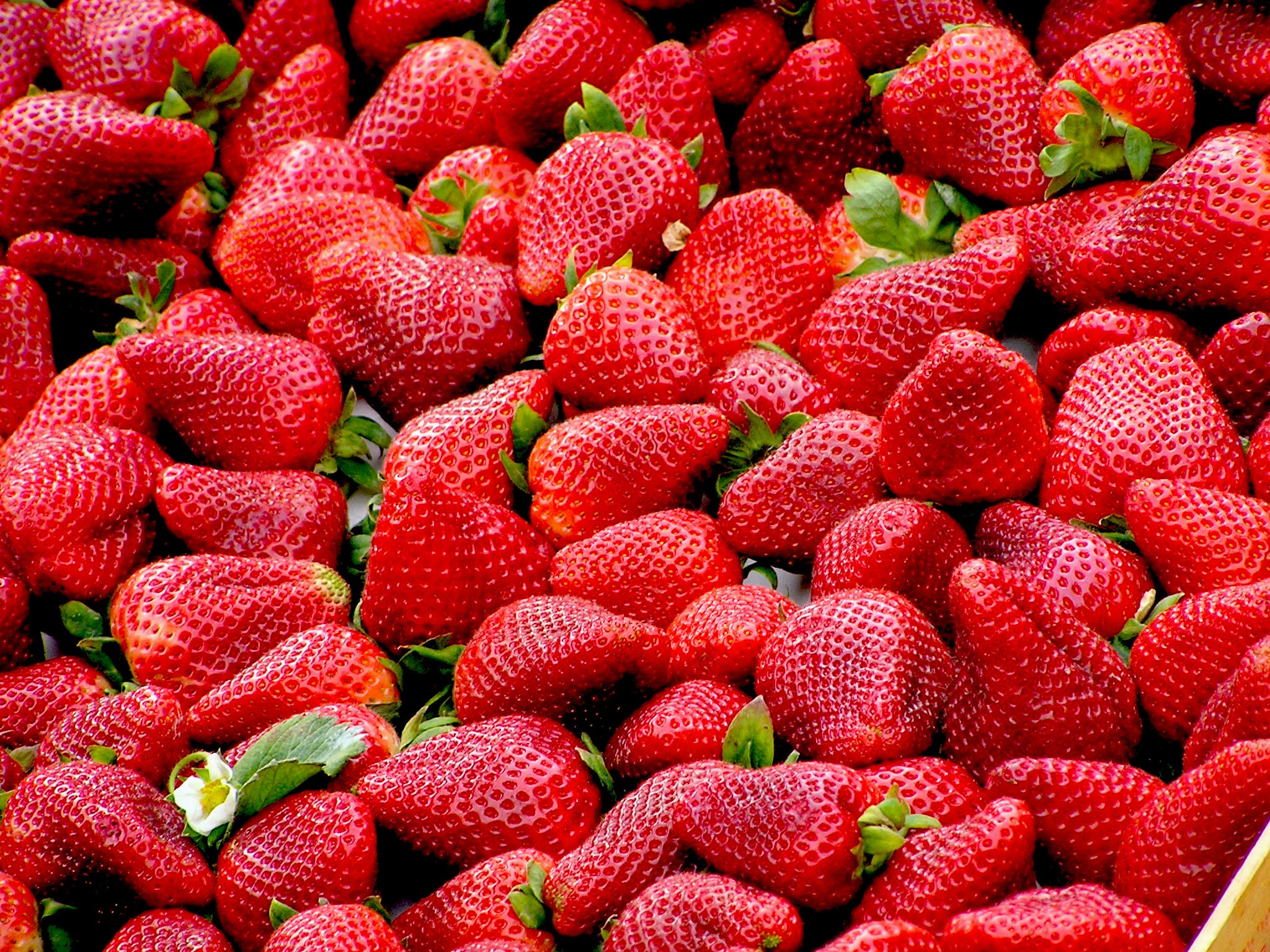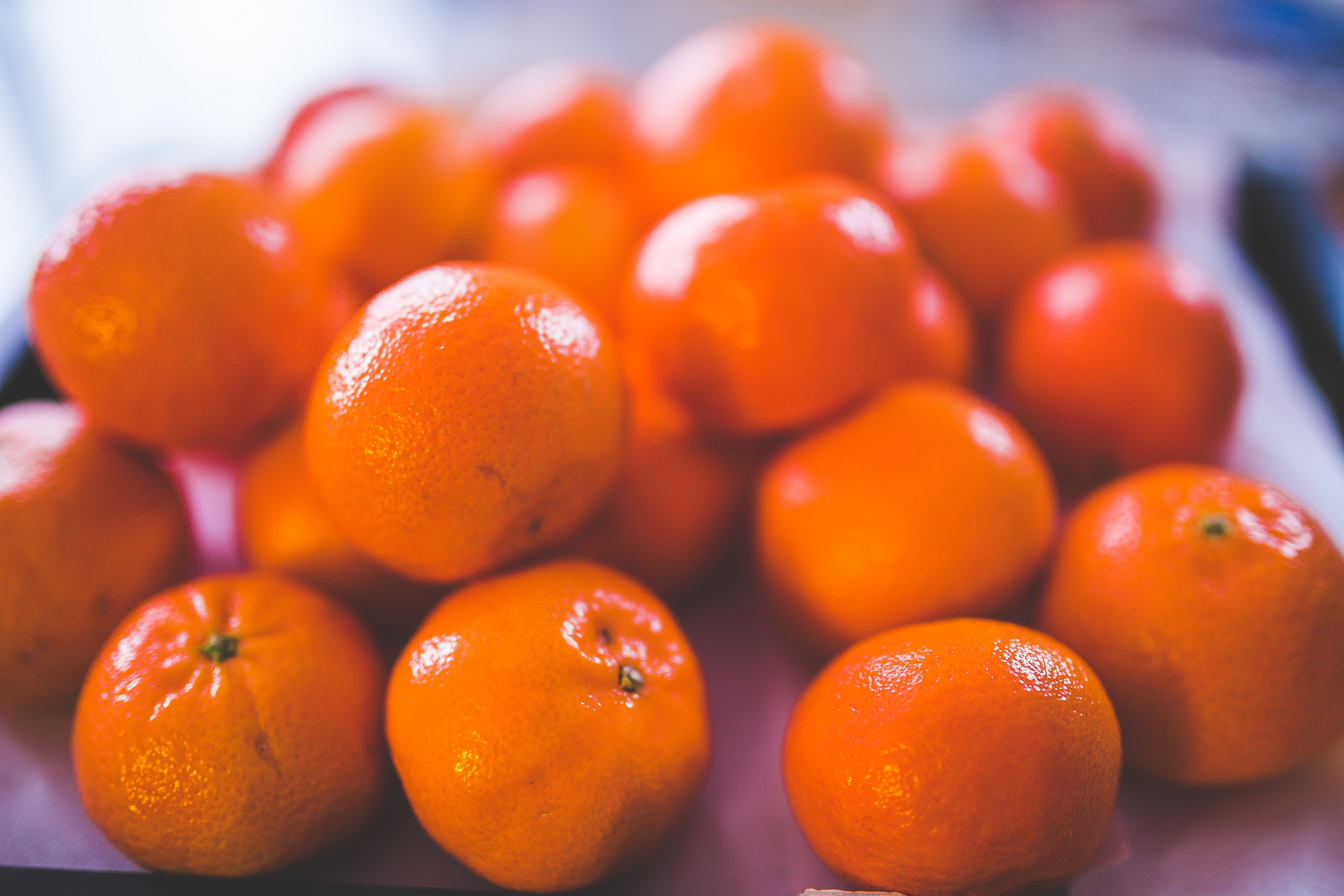Showing all 14 results
Apples
Apples are fruits harvested from July until the end of October. We have more apple varieties, such as Golden, Idared, Granny Smith, etc. After harvesting, sorting, anti-fungicides treatment, apples are stored in cold stores with normal atmosphere or controlled atmosphere. Storage cells can have storage capacities of 200 – 500 tons, but small cells of 100 – 200 cubic meters…
Apricots
Apricots are those beautifully orange colored fruits full of beta-carotene and fiber that are one of the first signs of summer. Although dried and canned apricots are available year-round, fresh apricots with a plentiful supply of vitamin C and are in season in North America from May through August. Any fresh fruit you see during the winter months have been…
Cherries
Cherries are harvested from the beginning of May to the end of July. The duration in days from bloom to harvest is from about 33-35 days to 80-90 days. The amount of temperature ranges from bloom to baking vary depending on the variety being between 450 and 1390 degrees Celsius in the later varieties. The optimal storage temperature is -0.5…
Clementines
A clementine (Citrus × clementina) is a tangor, a hybrid between a willowleaf mandarin orange (C. × deliciosa) and a sweet orange (C. × sinensis), so named in 1902. The exterior is a deep orange colour with a smooth, glossy appearance. Clementines can be separated into 7 to 14 segments. Similar to tangerines, they tend to be easy to peel….
Grapes
Grapes are composed fruits, of different shapes and colors, sweet and meaty insides and seeds in them. There are about 60 varieties of grapes, each variety having several hundred varieties. Color differs from green and yellow to red, black, depending on the chemical compounds. Grapes can be eaten both fresh and dried, the latter being known as raisins. From the…
Lemons
Lime is a citric oval-shaped and yellow fruit with a porous shell and sour taste. Like any citric fruit, the pulp is divided into 8-10 segments, having seeds in each segment. Fresh lemons are available throughout the year. They can be stored at room temperature, away from exposure to the sun, for about a week. They can also be stored…
Melon
Harvesting watermelon is done after at least 3 examinations of each plant so that each melon is consumed when it is completely ripe and with the maximum sugar content when the pulp is crisp and firm and before it becomes too baking. The degree of baking is indicated by the visible features of the shell, the cod and the bark…
Nectarines
The peach (Prunus persica) is a deciduous tree native to the region of Northwest China between the Tarim Basin and the north slopes of the Kunlun Mountains, where it was first domesticated and cultivated.[3] It bears an edible juicy fruit called a peach or a nectarine. The variety P. persica var. nucipersica (or var. nectarina), commonly called nectarine, has a…
Oranges
The orange is the fruit of the citrus species Citrus × sinensis in the family Rutaceae. It is also called sweet orange, to distinguish it from the related Citrus × aurantium, referred to as bitter orange. The orange is a hybrid between pomelo (Citrus maxima) and mandarin (Citrus reticulata). The chloroplast genome, and therefore the maternal line, is that of…
Peaches
Peach is a colorful and very fragrant fruit with a thin and fluffy shell with white or yellow pulp. Usually the taste is very sweet and strong. Although it is a poor fruit in calories, peach contains a great deal of calories. It also contains more than enough vitamin A and 10% of the daily vitamin C needed for a…
Pears
The harvesting of the pears takes place in the spring phase, 10-12 days before full maturity, because it is slower than if it stays in the tree. It is recommended that the winter pear be picked up as late as October, otherwise it withers in the warehouse. Summer varieties harvested at optimum time are better transported, slower in storage and…
Plums
There are few fruits that come in such a panorama of colors as the juicy sweet tasting plum. The plum season extends from May through October with the Japanese varieties first on the market from May and peaking in August followed by the European varieties in the fall. Plums belong to the Prunus genus of plants and are relatives of…
Strawberries
The duration of the harvesting of strawberries is 13-28 days, except for remanufactured varieties. For immediate consumption or for industrialization, strawberries are harvested at full ripening, those intended for preservation or longer transport when they reach 50-70% of the typical pigmentation of the variety. After harvesting, the packages are put in the shade and transported as quickly as possible in…
Tangerines
The tangerine (Citrus tangerina) is a group of orange-colored citrus fruit consisting of hybrids of mandarin orange (Citrus reticulata). The name was first used for fruit coming from Tangier, Morocco, described as a mandarin variety. Tangerines are smaller and less rounded than common oranges. The taste is considered less sour, as well as sweeter and stronger, than that of an…

